The Washing Machine Buying Guide a Salesperson Won’t Give You
I’ve been an appliance technician for a long, long time. I’ve probably taken apart more washing machines than most people will own in a lifetime. I’ve seen ancient, simple machines still chugging along in farmhouses, and I’ve had to tell people their fancy, one-year-old model was basically toast. Honestly, that’s where my real education began.
In this article
Early in my career, I was at a rural home, staring at a washer that refused to drain. The owner swore it was older than his college-aged kids. I got into the pump and found a handful of green, corroded pennies and a tiny metal toy soldier jamming it up. I cleared it out, and the machine fired right back up like nothing had happened. It was simple, overbuilt, and designed to be fixed.
Today’s machines are a different beast, packed with electronics and plastic parts. But the goal is still the same: get your clothes clean without giving you a headache. People always ask me for a brand recommendation, but my answer is always more complicated. I don’t recommend a single brand; I recommend understanding what you’re actually buying. A washing machine is a long-term investment that you’ll probably use more than your car. This is the advice I give my own friends and family.
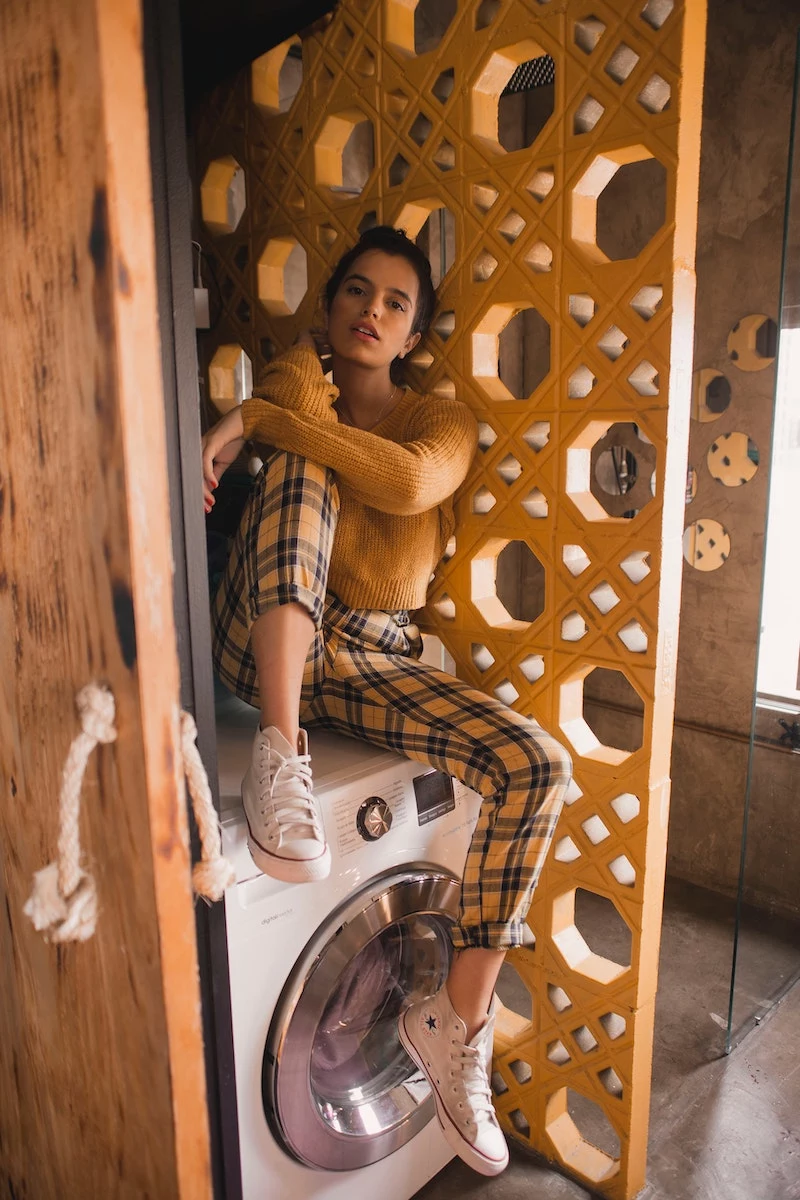
Front-Load vs. Top-Load: The Real Showdown
This is your first big choice, and it’s about way more than just which way the door swings. The internal workings are completely different, and each has its own common failures that keep guys like me in business.
Front-Load Washers
These machines work by tumbling clothes through a small amount of water. Think of a big clothes dryer, but with water. The drum lifts the clothes and drops them, using gravity to do the scrubbing.
The Good Stuff:
- Gentle on Fabrics: The tumbling action is way less harsh than being thrashed by a central agitator. If you wear a lot of delicates or expensive clothes, a front-loader will help them last longer.
- Crazy Efficient: They use a fraction of the water, sometimes just 10-15 gallons versus the 30-40 gallons an old top-loader guzzles. This saves on your water bill and the energy needed to heat it.
- Drier Clothes, Shorter Dry Times: They spin incredibly fast—we’re talking 1,200 to 1,600 RPM. This wrings so much water out that your dryer’s job becomes way easier, saving you time and money.
- Space Saver: You can stack a dryer on top. For anyone with a laundry closet instead of a laundry room, this is a game-changer.
The Problems I See Constantly:

- The Dreaded Mildew Smell: This is complaint number one, by a mile. The rubber door seal (we call it the boot) traps water. Close the door after a wash, and you’ve created a perfect swamp for stinky mold. The fix is discipline: wipe the gasket and the inside of the door glass after your last load, and always leave the door cracked open. Also, run a tub clean cycle with a product like Affresh (about $12 for a pack at Target) once a month.
- The Catastrophic Failure: Behind the drum is a metal support called a spider bracket. It’s usually made of cast aluminum. Over time, the cocktail of water and detergent residue causes it to corrode, turning it into a chalky powder. Eventually, one of the arms cracks. You’ll know it when you hear a deafening, jet-engine-like noise during the spin cycle. Heads up: This isn’t a cheap fix. It’s a total teardown of the machine, and a repair will run you $400 to $600. On a five-year-old washer, that’s often a death sentence.
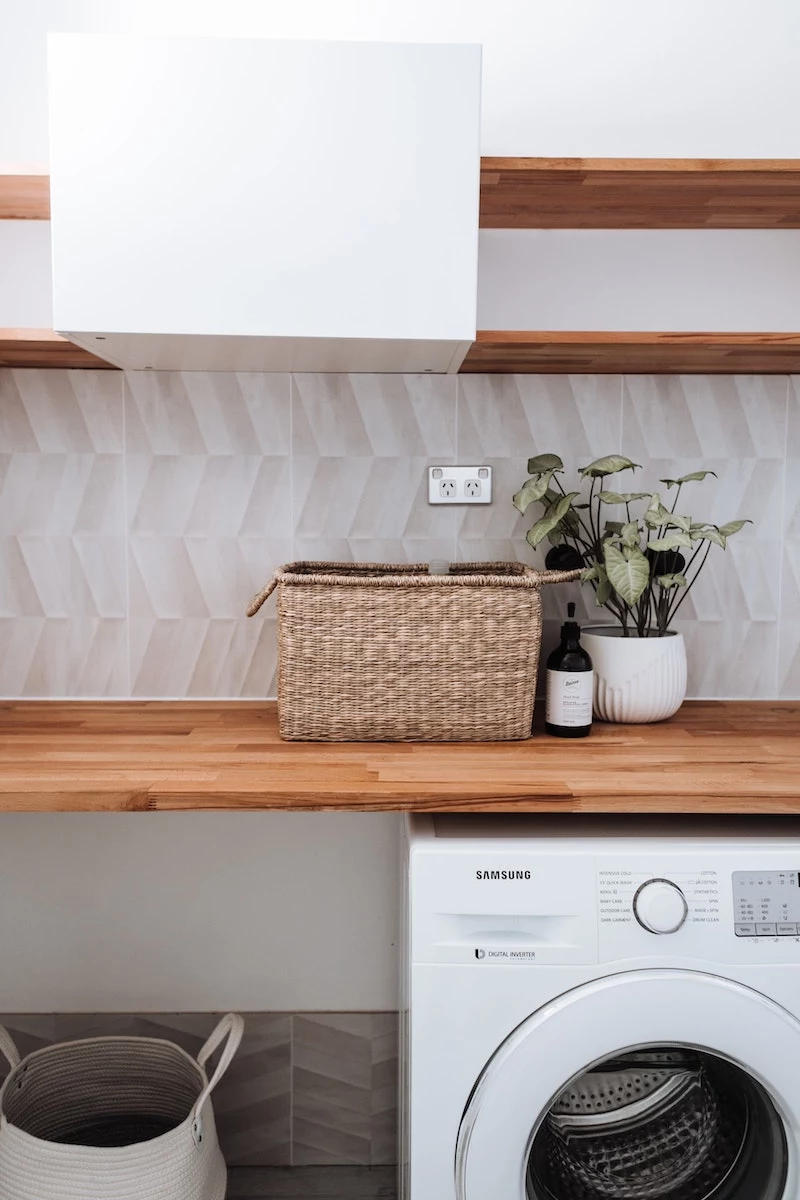
Top-Load Washers with an Agitator
This is the classic design—a deep tub with a tall, finned post in the middle that twists and churns the clothes. It’s aggressive.
The Good Stuff:
- Built Like a Tank: The mechanics are simpler and have a proven track record. For a lot of basic repairs, they’re cheaper and easier to fix.
- Serious Cleaning Power: For muddy sports uniforms, greasy work clothes, or anything truly filthy, the aggressive agitation is tough to beat.
- No Mold Issues: The lid isn’t airtight, so moisture escapes and mold is almost never a problem.
The Problems I See Constantly:
- It’s Hard on Clothes: That powerful agitation can stretch, snag, and wear out fabrics much faster. I’ve pulled countless shirts with tangled and broken straps off of agitators.
- They Are Thirsty: These machines have to fill the entire tub with water to work, which means higher water and energy bills.
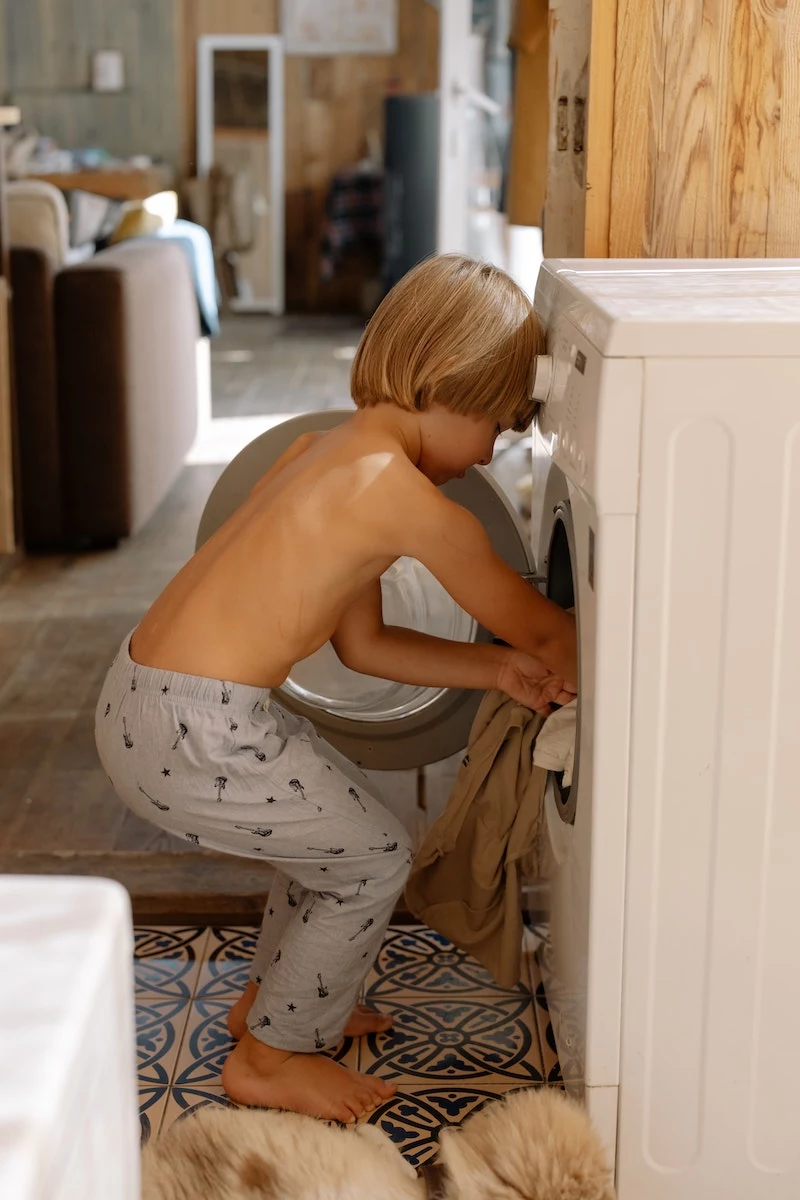
Top-Load Washers with an Impeller (High-Efficiency or HE)
These are the modern top-loaders that ditched the agitator. Instead, a low-profile plate or cone at the bottom spins, using jets of water to circulate the clothes. It’s a hybrid approach.
The Good Stuff:
- Huge Capacity: With no agitator in the way, you can wash bulky items like king-size comforters and sleeping bags without a problem.
- Good Efficiency: They use much less water than their agitator cousins, giving you some of the water-saving benefits of a front-loader.
The Problems I See Constantly:
- The Dreaded Tangle: If you just dump clothes in, long items like pants and sheets can get twisted into a giant, wrinkled knot. A quick tip I always give my clients: load clothes in a circle around the outside edge of the tub, like you’re arranging slices of a pie. Don’t pile them in the center.
- The Unbalanced Slam Dance: These machines are held up by four suspension rods, like shocks on a car. When a load gets unbalanced or as these rods wear out, the machine can start banging violently against its sides during the spin cycle. Replacing the rods is a common fix that usually costs between $150 and $250.
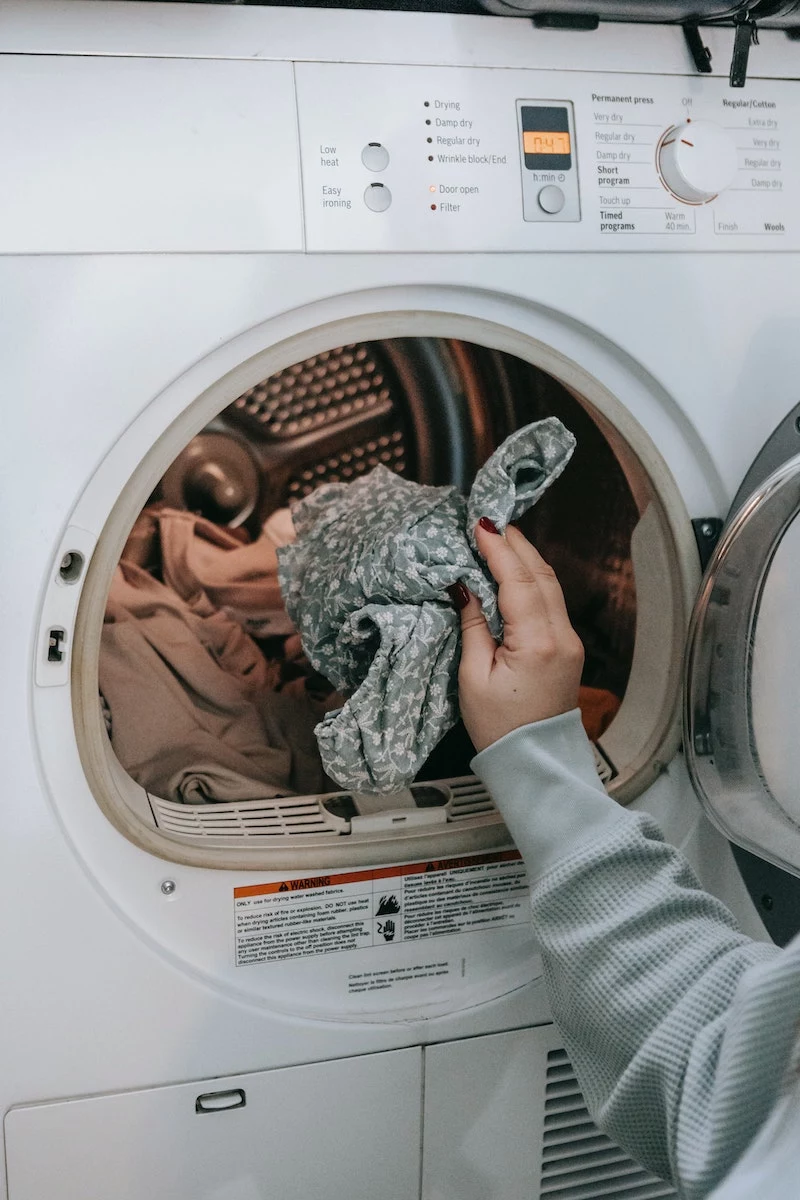
So Which One Should You Actually Buy? A Quick Guide
Okay, let’s cut to the chase. Since you can’t have a neat little table here, I’ll just tell you straight up based on what I see in people’s homes.
For the absolute best clean on seriously dirty clothes, get a Top-Loader with an Agitator. It’s the undisputed champ for brute-force cleaning. Expect to pay between $500 and $800 for a solid one.
If you want to be gentle on your clothes and save the most on water and electricity, the Front-Loader is your best bet. Just be ready for the daily maintenance. A good one with the features that matter will typically run from $800 to $1,500.
If you need to wash huge, bulky items regularly and want a middle-ground option, the HE Top-Loader with an Impeller is the way to go. It offers great capacity and decent efficiency. These usually fall in the $700 to $1,100 range.
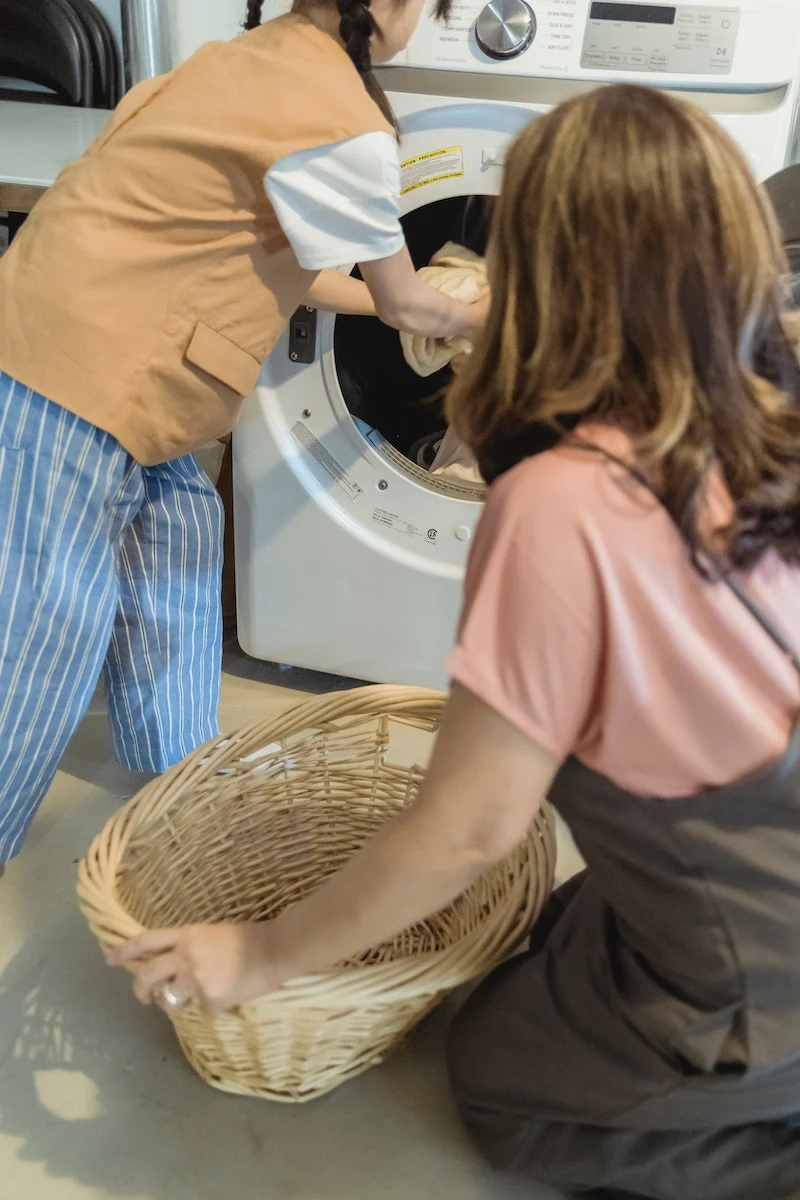
Features That Genuinely Matter (and Ones That Are a Waste of Money)
New machines are loaded with buttons and cycles. Honestly, most are just marketing fluff. Here’s what’s actually useful.
Must-Haves:
- An Internal Water Heater: This is a big one. A lot of machines, even on the ‘Hot’ setting, just mix in hot water from your tap, which might only be 120°F. A machine with its own heater can boost the water to 150°F or higher. If you see a ‘Sanitize’ or ‘Allergen’ cycle, it has a heater. This is essential for families with allergies or for getting things like towels and bedding truly, hygienically clean.
- Steam: It’s not a gimmick. A quick steam cycle is amazing for getting wrinkles and smells out of a shirt you want to re-wear without doing a full wash. It also helps with sanitation.
Things to Be Skeptical Of:
- Wi-Fi and Smart Features: To be frank, these are often more trouble than they’re worth. I get calls about app connectivity issues all the time. The novelty of starting your washer from work wears off fast, especially when the app is clunky. A simple ‘Delay Start’ timer achieves the same thing with zero complexity.
- A Zillion Wash Cycles: Do you need a dedicated ‘Yoga Pants’ cycle? Probably not. You’ll end up using ‘Normal’, ‘Heavy Duty’, and ‘Delicates’ 99% of the time. Don’t pay extra for a dashboard that looks like an airplane cockpit.
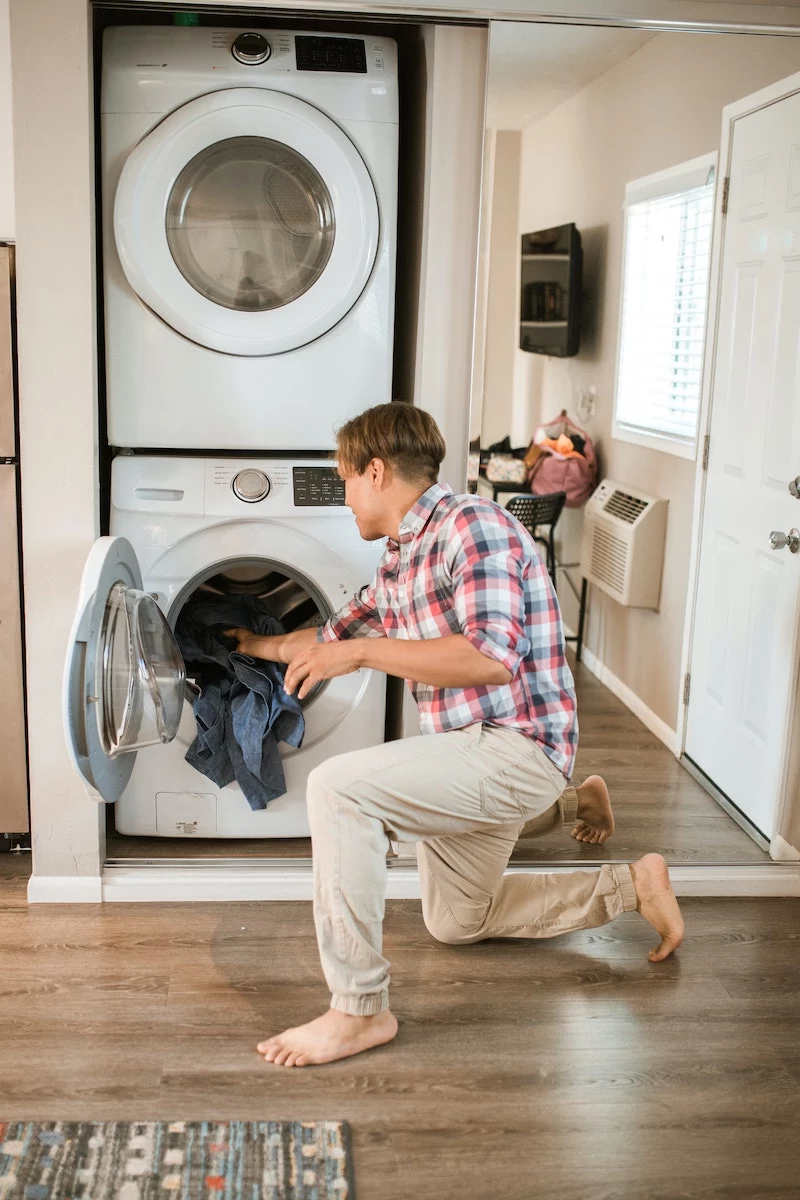
How to Make Your New Washer Actually Last
A great machine can be ruined by a bad setup. On the flip side, good habits can easily double a machine’s lifespan. I’d say that a cheap, big-box-store special might last you 3-5 years if you’re lucky. A well-built machine that you take care of can easily go 10-15 years.
Your New Washer Shopping List
Before you even install it, you need a few things. Consider this your $45 insurance policy against a massive headache.
- Braided Steel Hoses: About $20 at Home Depot or Lowe’s. The cheap rubber hoses that come in the box are a blowout waiting to happen. Just throw them away. A burst hose can cause thousands in water damage.
- Washing Machine Cleaner: A pack of tablets is about $15. Get in the habit of using one monthly from day one.
- A Spirit Level: You might already have one, but if not, a small one is $10. Leveling is NOT optional. An unbalanced machine will literally shake itself to death.
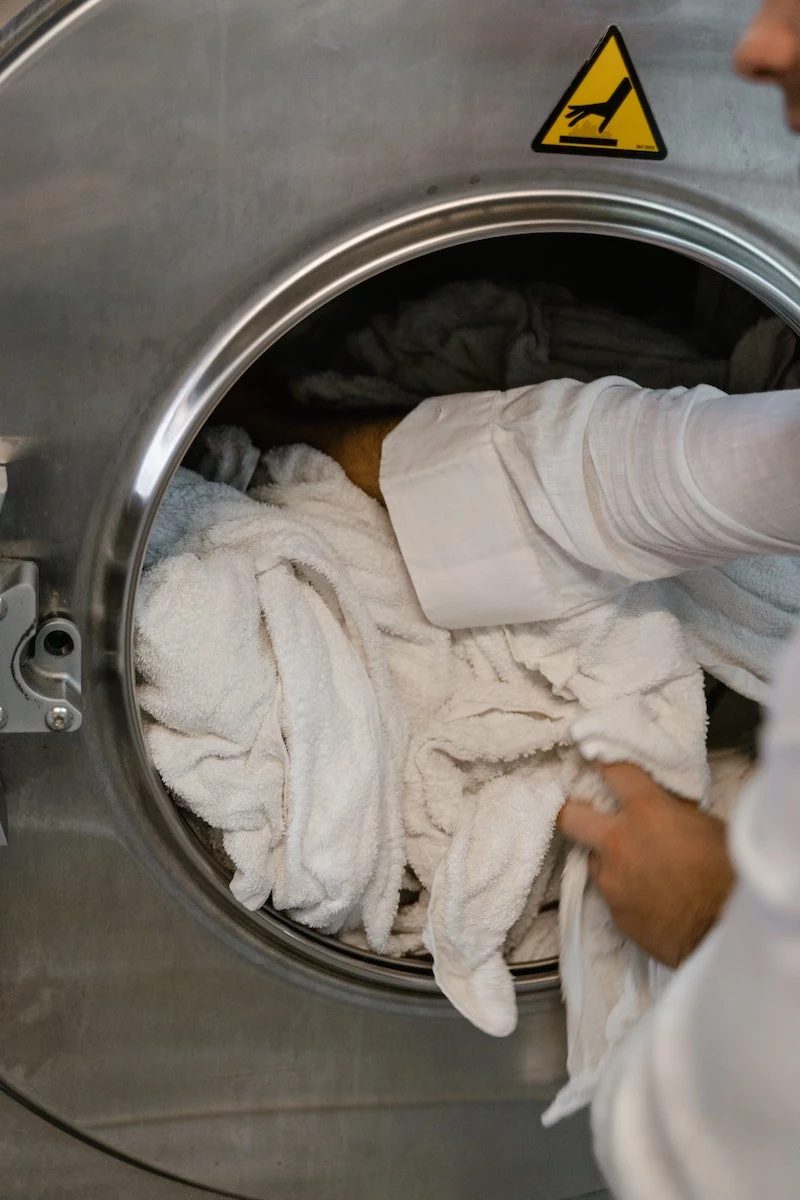
Simple Maintenance That Saves You a Service Call
Clean the Pump Filter (Front-Loaders): I’ve mentioned it, but here’s how you actually do it. It takes five minutes every couple of months.
- Find the little service door, usually on the bottom-front of the machine.
- Put a shallow pan and an old towel underneath it. Trust me on this. Some water is going to come out.
- Unscrew the filter cap SLOWLY. Let the water drain into the pan.
- Pull the filter out and clean off all the gunk—you’ll be amazed by the hair, lint, and maybe even a coin or two you find.
- Screw it back in TIGHT, and you’re done. You just saved yourself a $120 service call.
Use the Right Soap, and Don’t Use Too Much: High-efficiency (HE) washers need HE detergent. It’s low-sudsing for a reason. Using regular soap or too much HE soap creates a sudsy mess that the machine can’t rinse out, leading to residue buildup, smells, and component failure. The measuring lines on the cap are usually for the absolute largest, dirtiest load. For a normal load, you often only need a few tablespoons.
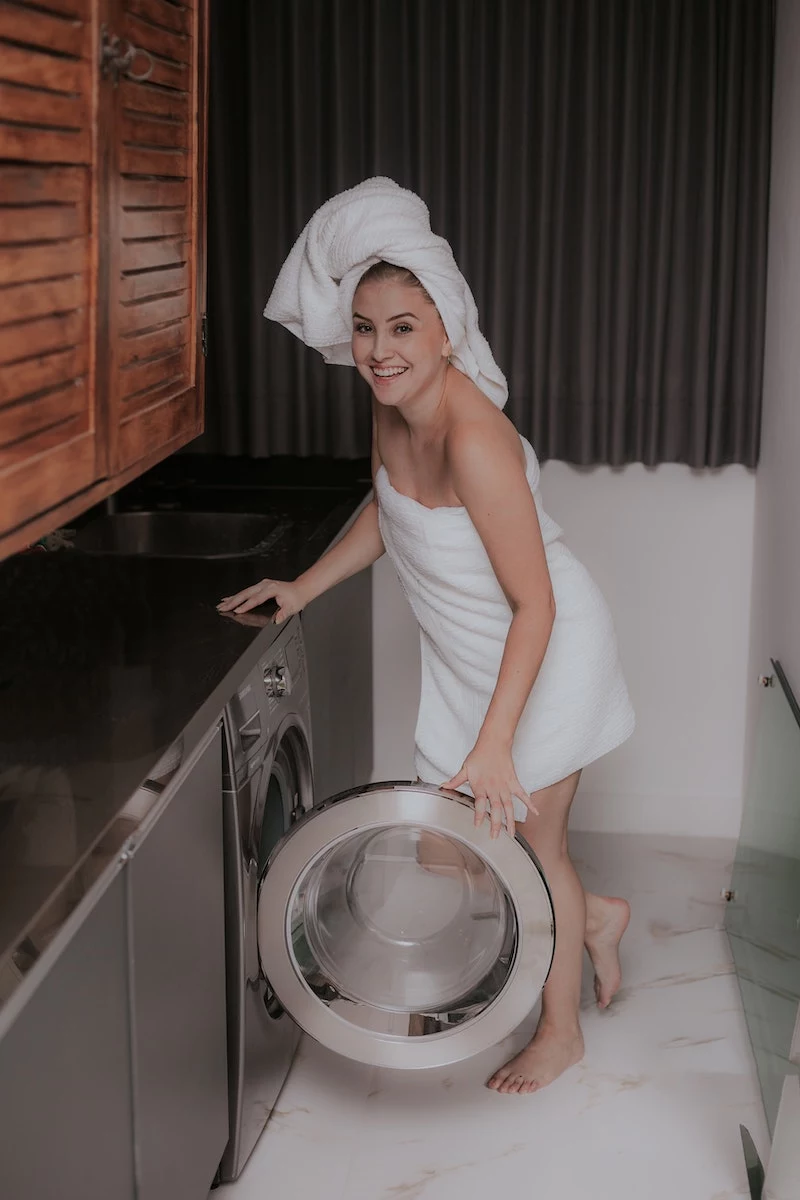
Final Thoughts: The In-Store Gut Check
So, what brand is best? The truth is, quality changes. A brand that was great a few years ago might have a terrible line of machines today. Instead of chasing a brand name, focus on build quality.
When you’re at the store, do this:
- Open and close the door. Does it feel solid and click shut, or is it flimsy and plasticky?
- Push on the drum. Does it feel secure, or does it wiggle and rattle around?
- Pull out the dispenser drawer. Is it made of robust plastic, or does it feel like it could snap off?
- Look for a stainless steel drum (they all have them now, but check) and a direct-drive motor, which often comes with a 10-year warranty. These are good signs.
Oh yeah, here’s a pro-tip nobody ever tells you: before you buy, call two or three local, independent appliance repair shops in your area. Ask them, “What brands are easiest for you to get parts for right now?” and “Which models are you seeing the fewest service calls on?” Their answers will tell you more about real-world reliability than a thousand online reviews. They’re the ones in the trenches, after all.










